Termites can silently damage your home’s structure without obvious signs, making early prevention crucial. By understanding common termite habits and using accessible control methods, homeowners can effectively protect their property before costly repairs are needed.

DIY Termite Treatment: 14 Must-Know Tips for DIY Termite Control

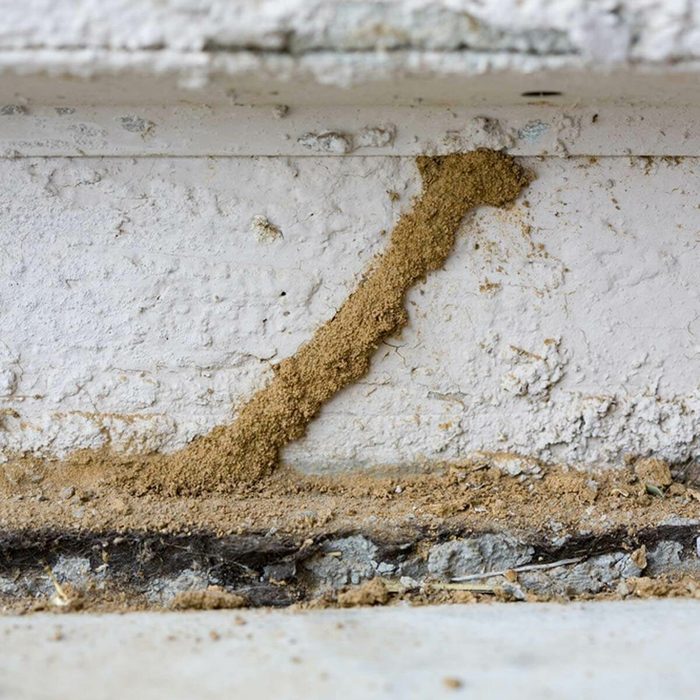
Inspect Your Property for Signs of Termite Infestation
Scanning your property from the ground up is the first step in termite control and prevention. Start from the foundation and then slowly work your way around and up your property to detect any signs of potential infestation. Look for any signs of damage and formulate a thorough termite treatment plan. Also, termites don’t eat concrete, but they do crave cellulose—which they get from wood.
Possible signs of a termite infestation:
- Mud tubes, which look like small pencil-like earth-colored projections from the ground , are a sign termites are trying to scale up your foundation in search of siding or other tasty wood. If you notice mud tubes, it might be time for a closer inspection and some DIY termite control tactics.
- Termite wings are a sign swarmer termites have branched off from their colonies to start new ones. Often found near windows and other access points, they might indicate termites looking to work out a new colony.
- Frass, or drywood termite droppings are often found beneath or around infested areas. Frass resembles sawdust and is indicative of dry wood termite infestations.
- Blistered/ buckling/ hollowed wood can be spotted either under or behind the surfaces such as walls, foundations, or floors.
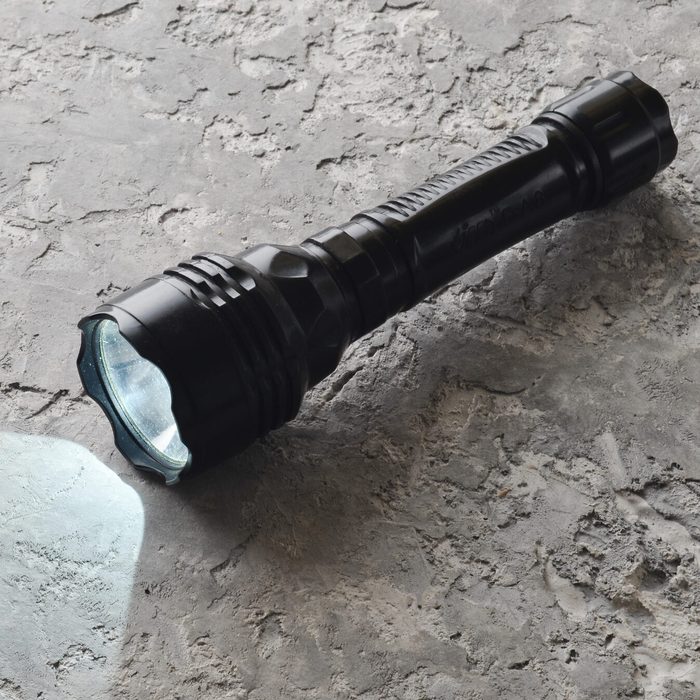
Have the Essential Tools for DIY Termite Control on Hand
The easiest way—and the first step—to check for termites is to get a good flashlight and head down to your crawlspace or basement. Take a close look around for any signs of infestation damage, paying close attention to edges and corners.
If you think you’ve identified termite damage, you can always try the old thumb test. This DIY termite control tactic consists of pressing your thumb into the wood and if it gives, you’ve got a problem. Another termite treatment tactic is to look for small piles of frass and other signs that termites have been at work.
An ice pick or a screwdriver might also come in handy if you’re looking to probe areas that have bore holes or soft hollow spots in the wood. You can also use these tools to tap on the wood and listen for hollow spots when in doubt.
For a more intuitive tool that can confirm your suspicions, a simple cardboard trap attracts termites. Place a wet piece of cardboard near suspected areas. The cellulose in cardboard will make it irresistible to termites, drawing them out of their colony. If they gather, you might have to look around to detect their nesting areas.
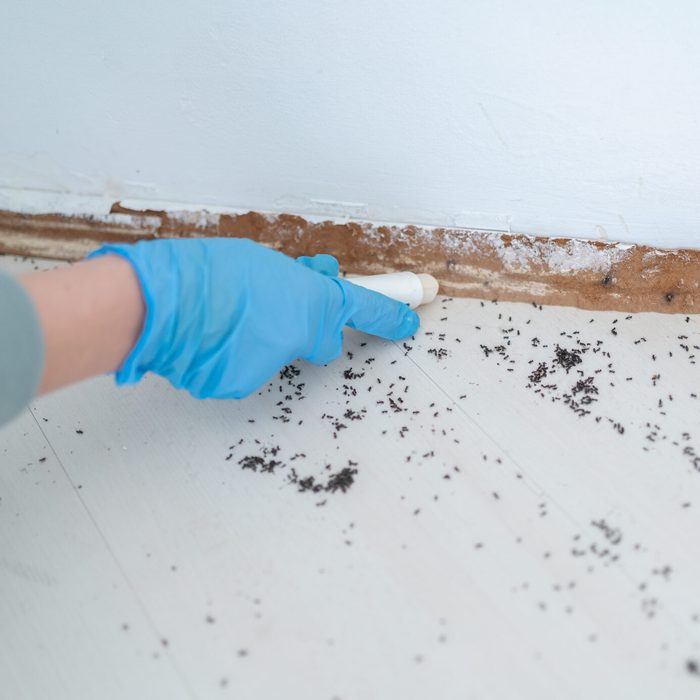
Prioritize Prevention to Treat Termites
“The most effective DIY termite treatment isn’t a product—it’s a mindset shift. If you want to succeed in termite control treatment, you need to treat it like home maintenance, not crisis response,” says Nicole. “You should combine prevention (moisture control, wood sealing, etc.) with slow-acting baits and only after confirming active tunnels. In our experience, when DIY works, it’s because the person understands why termites are there—not just what to buy,” she continues, highlighting the importance of knowing why there’s a termite infestation.
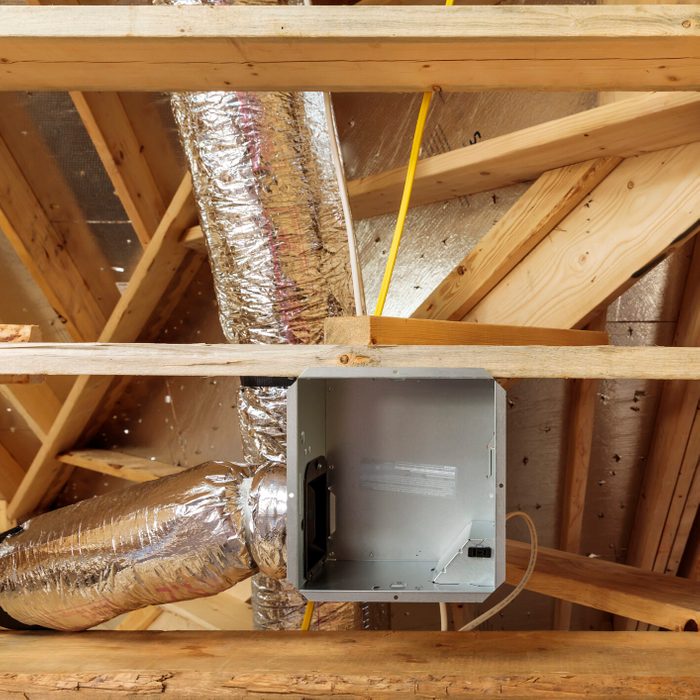
Ventilate and Seal Your Space
Ventilation and sealing are key to moisture control. Without the right ventilation in attics and basements, condensation can build up and seep into wood and make it the perfect habitat for termites (plus condensation causes mildew and rot). And without the right sealing and moisture barriers, moisture can even build up behind your walls. Without that moisture, termites have fewer reasons to go exploring, which makes this one of the more effective termite control and prevention methods.

Get Bait Stations
Another crucial step in preventing and keeping termites out of your house involves being watchful and observant. Have you seen termites in your yard? The last thing you want is for them to find your house. This is where termite bait stations shine. Termite bait stations work as a termite repellent to draw termites away from your home and help to destroy the nest before the termites do too much damage.
“Generally speaking, bait stations with a growth regulator (like hexaflumuron) tend to work best, but ONLY if used correctly. Homeowners must monitor them consistently and place them in areas where termite activity is confirmed. (The best DIY “treatment” usually involves pairing products with a pro’s inspection to confirm you’re actually treating the right species in the right place,” Carpenter outlines.)

Keep Wood Piles a Distance From Your Home
Another key to prevention is placing wood piles away from your home. Wood piles are a source of termites and it’s an easy trip for termites to move from external wood to siding and internal wood. You don’t want to give them any “springboards” into your house.
Keep all wood piles at least 20 feet away from your house whenever possible. That includes firewood, mulch piles and nature’s wood pile—the tree stump. This is one of the quickest homemade termite control methods you can employ.
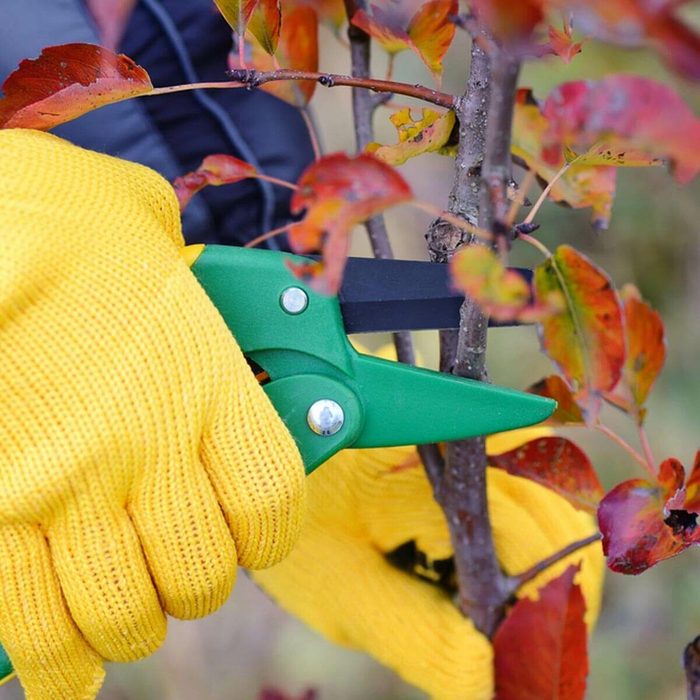
Trim Trees and Shrubs
Living vegetation can be a problem, too. Keep shrubs trimmed and well away from your house for DIY termite prevention. Don’t push mulch up against your house when taking care of bushes and plants, since termites feed on it.
Additionally, vegetation can create shaded areas that retain moisture and dampness, which are ideal breeding grounds for termites. Maintain a gap between your plants and siding to promote airflow and access to natural light. Regular yard maintenance can be a natural termite control method as well.

Put an Ideal Space Between Soil and Wood
Any place that you have wood that you want to protect—especially siding and decks—you should try to separate it from soil (where termites linger) by at least 18 inches. This is enough to keep termites uninterested. The easiest method is to use a gravel bed, which can serve as DIY termite control and good drainage at the same time.
Placing an additional barrier for termites by adding treated lumber or metal flashing between the ground and wood could also work. Regularly check gaps and prevent organic material from getting within them. Couple this with regular inspections of the area, and you will have an effective homemade termite control method.
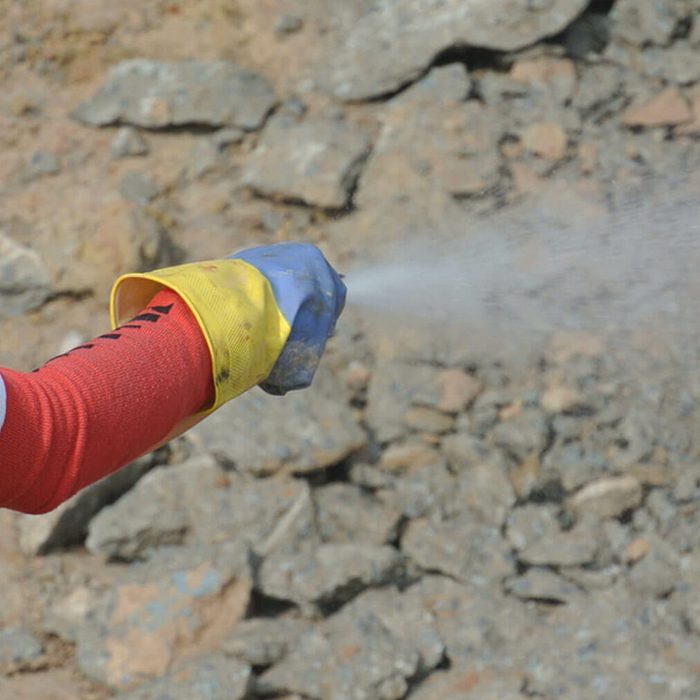
Dig a Trench and Apply Termiticide
Did you just get over a harrowing termite problem? If so, you probably want to make sure it never happens again. This DIY termite treatment project is quite effective: Dig a trench around the entire problem area and fill it with a foam-based, non-repellent termite insecticide.
“Non-repellent” means the termiticide does not drive termites away from it. Instead, the termites try to move through it and die. It’s ideal for stopping repeat encounters. Ensure the trench is at least 6 inches wide and 6 inches deep for the best results.
When applying the termiticide, focus on consistency and avoid leaving gaps. Don’t forget to wear your safety gear when doing this, and as always, enlist a professional’s assistance if it gets too tedious.
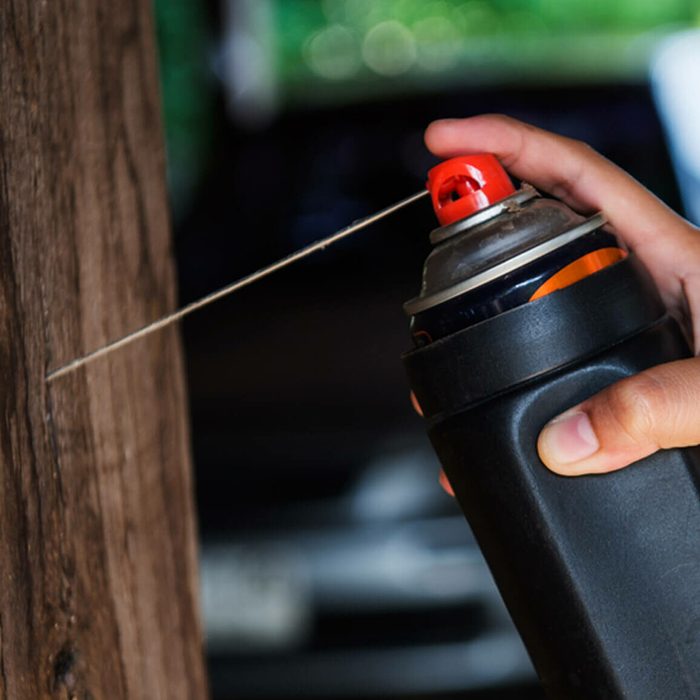
Use Repellent Termiticide on Safe Wood Structures
Repellent termiticides help you protect wood that termites have not yet located. Use it around sheds, decks, fences and similar areas to help prevent termites from discovering them. If you live in an area prone to high rainfall or high humidity, consider applying multiple coats of termiticide for added protection. This also promotes long-term prevention.
Be mindful of cracks, spaces, and gaps that can easily house termites. Seal these spaces with all-weather sealants, like epoxy or solvent-based fillers for the best results.
NOTE: Repellent termiticides only work on wood that hasn’t been colonized by termites already. “People often spray surface insecticides thinking it’ll stop the colony—it won’t. Termites live underground and inside wood, so a surface spray just delays the problem. Or often homeowners copy internet tutorials meant, let’s say, for drywood termites when they’re actually dealing with subterranean ones—totally different ballgame,” Nicole cautions.
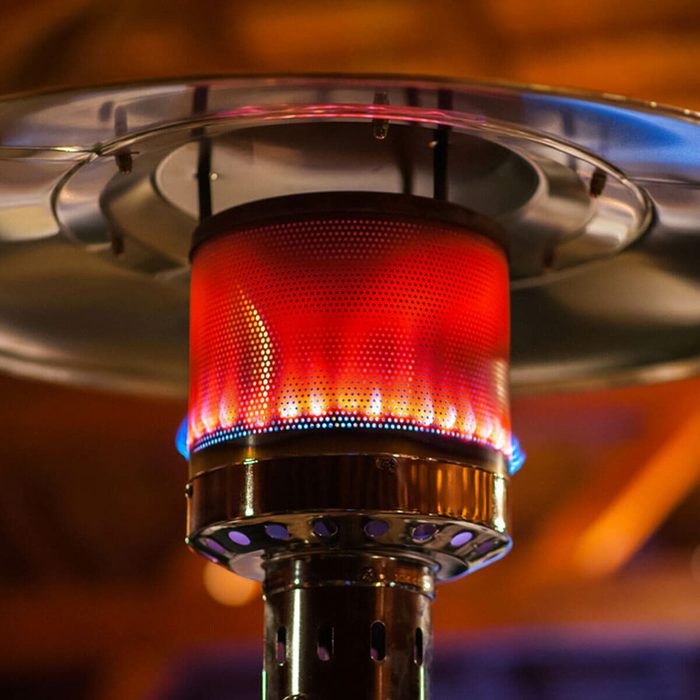
Use Heat for DIY Termite Treatment
Termites are heat-sensitive, so heat can be an excellent termite repellent and an easy homemade termite killer. If you can heat a space to at least 120 degrees F. for at least half an hour, the termites there will die. This is a cost-effective way for DIY termite control without using pesticides.
While heat treatments are suited to safe confined spaces with localized infestations, you can’t try this near plastics or wiring, and it doesn’t work as well on large beams. Temperature monitoring is very important when applying heat, so be careful and avoid excessively high temperatures.
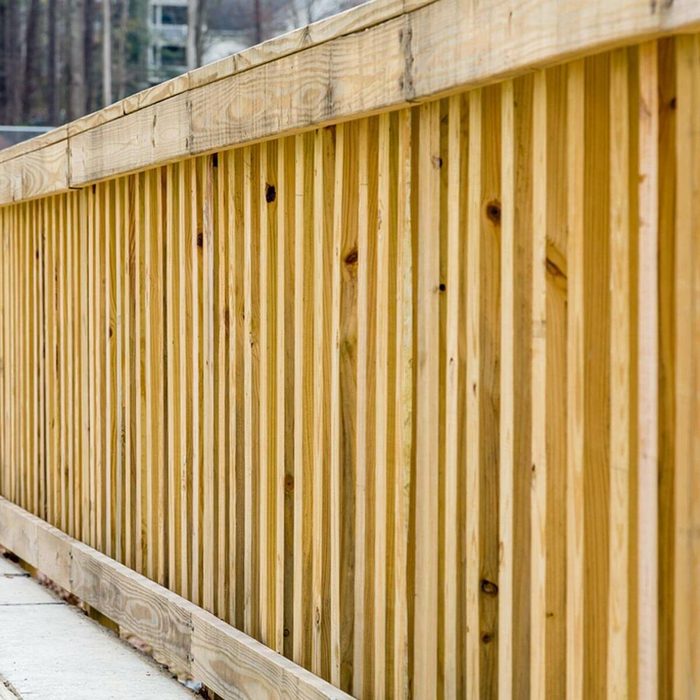
Build With Treated Wood in the Garden
When building something new for your garden or yard, use pressure-treated wood to help prevent termite damage. Termites rarely try to eat wood combined with chemicals. You could also consider using cedar and redwood, both known for their natural resistance to termites.
Since most natural termite treatments begin with prevention, choosing resistant building materials could be the right start.
NOTE: Resistance does not indicate complete immunity to termites, and both cedar and redwood can become infected if there are damaged or rotting portions within.
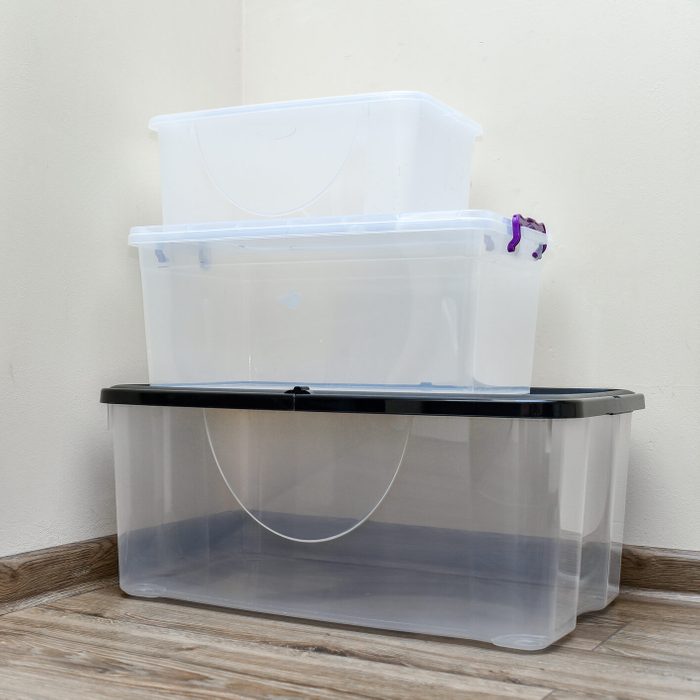
Switch to Plastic for Storage
Cardboard is a big draw for termites. If you store anything in cardboard around your house or garage, consider replacing it with plastic bins. If you store cardboard for recycling, ensure it’s in a recycling bin, not just piled up somewhere. Besides not attracting termites, plastic bins can also prevent moisture from building up—helping you maintain a clean, dry storage space.
If you must use cardboard for storage, keep the boxes away from the ground and surfaces such as walls to discourage springboard points for termites.
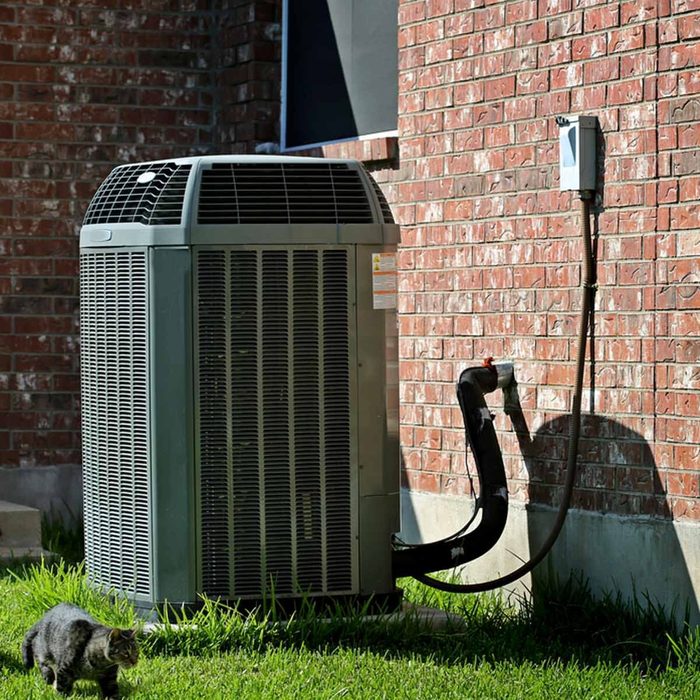
Keep Your Air Conditioner Safe
Because of the way that air conditioners and heat pumps work, they are always creating and draining moisture via a natural condensation process that occurs as temperatures change. And that’s one type of moisture you won’t be able to eliminate. It’s important to make sure that your AC unit is difficult for termites to find and that your moisture drainage system is clear and carries water away instead of depositing it near your house.
Check for leaks, and direct your AC’s drainage pipes away from your home’s foundations for a simple, preventive termite treatment method. Preventing water pooling could also go a long way in discouraging termite colonies from cropping up near your air conditioner.
FAQs
Are natural methods effective for termite control?
While natural termite treatments are indeed effective, their utility depends on a variety of factors. “One word: timing. Most DIYers act too early before confirming it’s even a termite problem or too late after structural damage. Another one is treating where termites were, not where they are,” says Carpenter. Getting these wrong will not lead to a successful extermination.
The lack of focus on prevention is another pitfall for those who think a single DIY termite treatment will do the trick. “A key misstep is skipping follow-ups. Termite control is a process, not a one-time fix,” she states, emphasizing the importance of continuous termite prevention tips like the ones we’ve mentioned above.
Can I use boric acid for termites?
Yes, boric acid can be used as an effective natural termite control method. Boric acid impacts termites’ digestive systems. Use it either as a powder or mix it with water and use it as a spray.
How long do natural termite treatments take to work?
The length of treatments and results depends on the severity of the infestation, with more widespread infestations taking longer and numerous treatments.
Will termites come back even after treatment?
If you ignore preventive measures and don’t address the conditions that led to an infestation, chances are the termites might come back. Focus on removing conditions that attracted the termites and use preventive measures for long-term termite treatment effectiveness.
ABOUT THE EXPERTS
Nicole Carpenter, is President at Black Pest Prevention with an extended history in the trade. She began working with the firm while she was still in high school and through university, and eventually became President.


















